The Passivhaus Effect
The implementation of this concept would save between 75 and 90 per cent of electricity consumption, this would amount to 33 percent of the total energy consumption in the country.
From the creators of «If all goes well why to help to improve and if everything goes wrong, we do not change that it could go worse» or «Why invest and earn more if we have enough?» comes now: «don’t to make case to the energy efficiency, it is only a business». Clear that they not suspect, those who claim the latter premise, how much reason have… but to the reverse! Yes, it is a business, a big business that benefits us all in large quantities… environmental and economic.
In this line of action worked the precursors of the system Passivhaus, Bo Adamson and Wolfgang Feist (the last, director of the Passivhaus Institut in Darmstadt) at the end of the 80’s. They designed guidelines that allow to build passive houses (you know, which are not aggressive 😉 for maintain a suitable comfort without having to sue high doses of energy consumption. The first building with these parameters was carried out in 1991 in Darmstadt, after this, more than 25,000 have been carried out, and continues to grow the number.
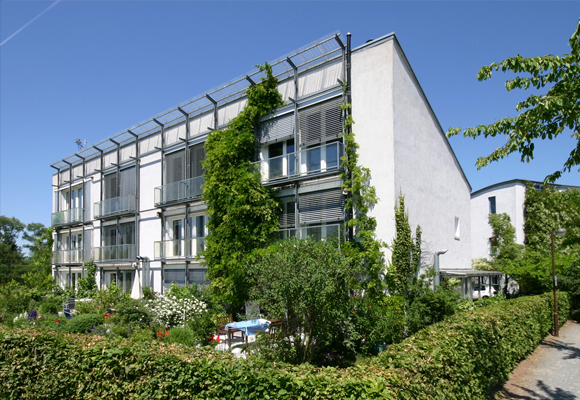
Years later, in 2008, was born the Plataforma de la Edificación Passivhaus (PEP), an association non-profit that promotes the construction of highly efficient buildings. Its mission, embark to Spain in pursuit of the objectives established by the European directive to the year 2020 in energy matter, currently have 450 members scattered throughout the Spanish geography, carrying out actions of training, information and monitoring of the works with Passivhaus seal. They are those who inform us that Spain is not doing their tasks well, in other words, we are suspending, and in big (of course).
As for communities are Catalonia, the Basque country and Navarra the most committed with the construction of passive houses, to meet to the 49% of the Spanish total. At the opposite end Cantabria, Castilla La Mancha, Ceuta, Extremadura, Galicia, Canary Islands, Melilla and Murcia do not have any building with Passivhaus certified (tsk, tsk). Among other pearls inform us that in Spain there are only 53 works built with the Passivhaus parameters, which, in addition, only 34 have achieved the certificate of Passivhaus Institut for buildings of new construction, and only two reforms have achieved certification Enerphit, the classrooms of the University of Burgos and the Palacio de Congresos of Vitoria.
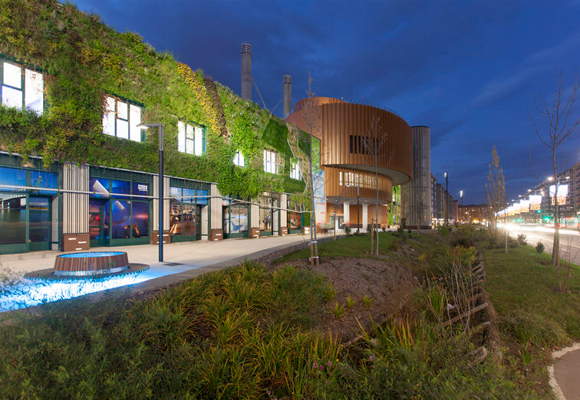
If we add to this data that only 1% of the buildings in new plant built since 2009 does so with these parameters, that our homes represent 45% of energy consumption, and that applying this system ensures us a reduction in energy of between 75 and 90 percent, the question is clear… what we expect? If we take the calculator and apply the appropriate percentages we realize that with the criteria Passivhaus could save between 33 and 40 percent of the energy consumption of the country…
For the non-erudite (like me, for go no further), the PEP explains that the passive building focuses on preventing the energy discomfort through effective construction techniques, such as reduced the form factor (less envelope, less input of heat and cold), maximum optimization of the orientation of the windows (taking advantage of the Sun and ventilation depending on the area) or efficient solar protections before the impetuous King Sun. As shown, all very logical and practical. However, if you want to obtain the Passivhaus certificate, your building has to limit the heating or cooling demand to a maximum of 15 kilowatt hours per square meter a year, primary energy has its stop in 120 kWh/m² per year and the barrier to the passage of the air less than or equal to 0.6 renewals/hour (the volume of air in your home must be renewed by 60 percent every hour).
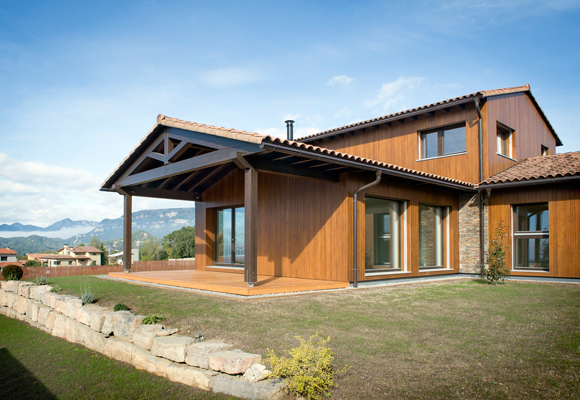
As in The Luxonomist are very curious we have taken the opportunity to interrogate the PEP, whose staff had no problems in responding to our questions.
The Luxonomist: What percentage of Passivhaus buildings are built in the rest of Europe?
PEP: In PEP don’t have us accurate data in terms of percentage. Yes we can say that despite the fact that Europe is heading rapidly towards the standardization of buildings of nearly-zero consumption (ECCN), and that in cities such as Brussels, Frankfurt and Hannover, or the Austrian region of Vorarlberg, among others, it is normative that the new construction fulfill with the demands of the Passivhaus standard, Spain is far from this reality. This is especially serious when the buildings are responsible for about 40% of the energy we consume.

TL: Only 1% of new buildings are constructed with criteria Passivhaus… what reasons can have for such low data?
PEP: Without a doubt, energy efficiency is one of large tasks pending for the Spanish property market, with a very obsolete Park that, currently, has 25 million homes, the 60% built before it came into force in 2007 the Technical Building Code, without existed more normative than the Thermal Conditions in the building of the year 1979 in the area of energy efficiency.
In this sense, it is necessary to formalize the commitment from national and regional public administrations and political actors to promote these good practices. It must also strengthen the work of dissemination among professionals in the sector. The price is not really a critical handicap since, even though the cost of construction of a passive house is slightly higher (between 3% and 8%) to another conventional, this pays for itself the first 5 to 10 years of use, depending on the size of the building, thanks to the high savings in energy consumption which provides a passive house.
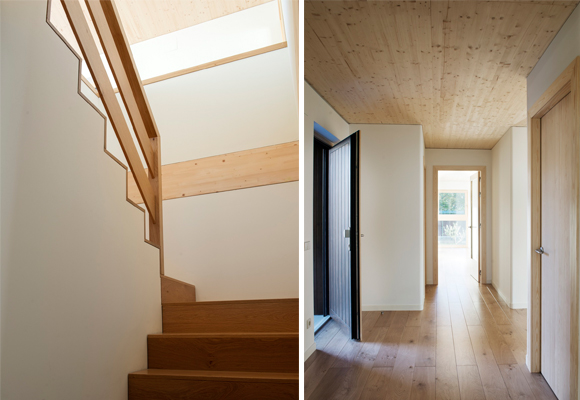
TL: Is it encourages from the administrations for the use of this building typology or are the users and professionals who demand it?
PEP: It is true that some communities are taking certain steps towards the ECCN but are still very shy and none of them has specific legislation. The difference between these communities does not respond to incentives or financial aid, respond to the initiative of the promoters that know the ECCN, in most cases private or small administrations, as the example of the City Council of Villamediana de Iregua, La Rioja, whose municipal library is certified under the Passivhaus standard and has also incorporated in their planning and for its own soil the obligation that the buildings had the Passivhaus standard.
The certification have a high precision in the execution of the work which in many cases is underestimated, either by technicians, the promoter or the construction company. This is the reason for what some buildings do not reach the certification. It is essential that all those involved in the construction process are committed and aligned with the ultimate goal of maximum energy efficiency.
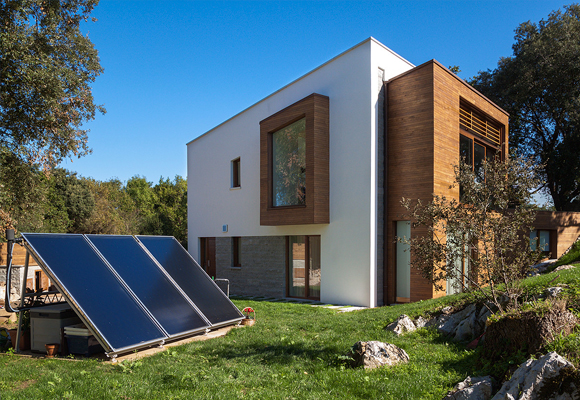
TL: The platform was formed in 2008 and already has more than 450 members… carry out tasks of training and information through the national territory?
PEP: Since its founding in 2008, PEP has taken important steps in achieving its main objective: the disclosure and dissemination of the benefits of the Passivhaus buildings, in order to ensure that are consolidated as an international benchmark in the construction and rehabilitation of buildings of nearly-zero consumption (ECCN).
Many have been the advances. For example, only during 2016, the platform organized 25 seminars around the country to educate public in general, technicals and administrations about the need to promote the construction and highly efficient rehabilitation. We signed several agreements with different institutions and universities from across the country and we are working intensely providing all the necessary information so that from the Central Government will legislate in this regard and will boost the use of the platform Passivhaus as guarantor of energy efficiency.
In our last annual Conference, the eighth that we celebrate, received in Pamplona last November over 600 attendees and included important innovations, including, in addition to the professionals who have always formed part of the forum, informative lectures for the general public; workshops for children: to transmit easily to children how is a passive building, resources required, how to win and lose energy through it and its economic and environmental impact. It culminated with the signing of more than 40 public entities by the introduction of the Passivhaus standard in its local policies.
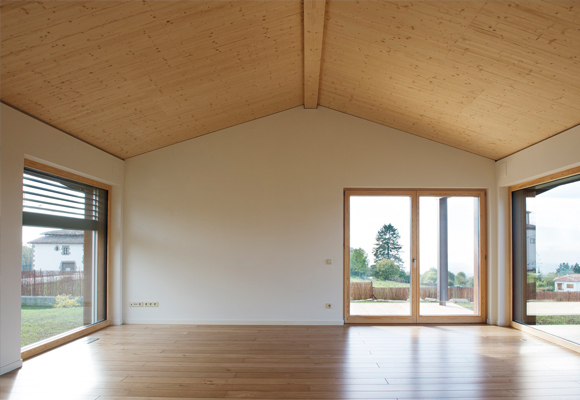
TL: Since you began until today there has been a growth in the interest on this energy saving system or it has stalled?
PEP: In Spain are more the buildings that are constructed under the Passivhaus standard. Aside from single-family homes, are being constructed some collective buildings, public housing, public buildings and private of diverse applications promotions; and our perception is that the demand is beginning to know the advantages of this mode of building. The sector is responding properly to the material and technological needs to build much better the provisions of current legislation, but we are still far from reaching the finish line which marks the EU directive 2010/31 for 2020.
TL: What would missing (your approach) for that made more Passivhaus buildings in Spain? (or what they are doing to make this happen…)
PEP: Different factors play a role, but is fundamental the commitment and the pro-activity of the public administration. There is still an important part of the real estate sector very static, which will not advance while it not exist a mandatory requirement. At our approach, and of the European directive itself, the exemplary role of the Administration is essential to meet the goals. The first step: legislate. And we must do it now. 2018 is just around the corner. Then must deal with other areas, and introduce the concept of the building life cycle cost in public administrations and greater funding for the construction energy-efficient, especially in the municipalities.
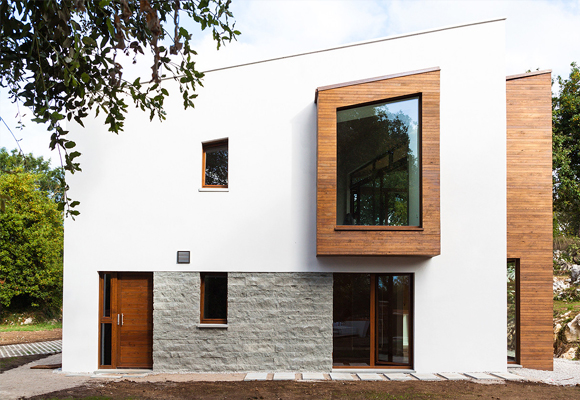
We are confident that 2017 will be a key year for the buildings of nearly-zero consumption (ECCN) and will open many more doors to construction and rehabilitation on the basis of passive architecture. PEP will still be there, with more force each time, to disseminate and promote this route.
In summary, although the boot has been slow and we are very far from the European objectives, there is room for improvement if we join efforts… and enthusiasm for a job well done (technicians and companies) and for a better future environmental (administrations and users).
- Photographs of housing courtesy of PEP.
